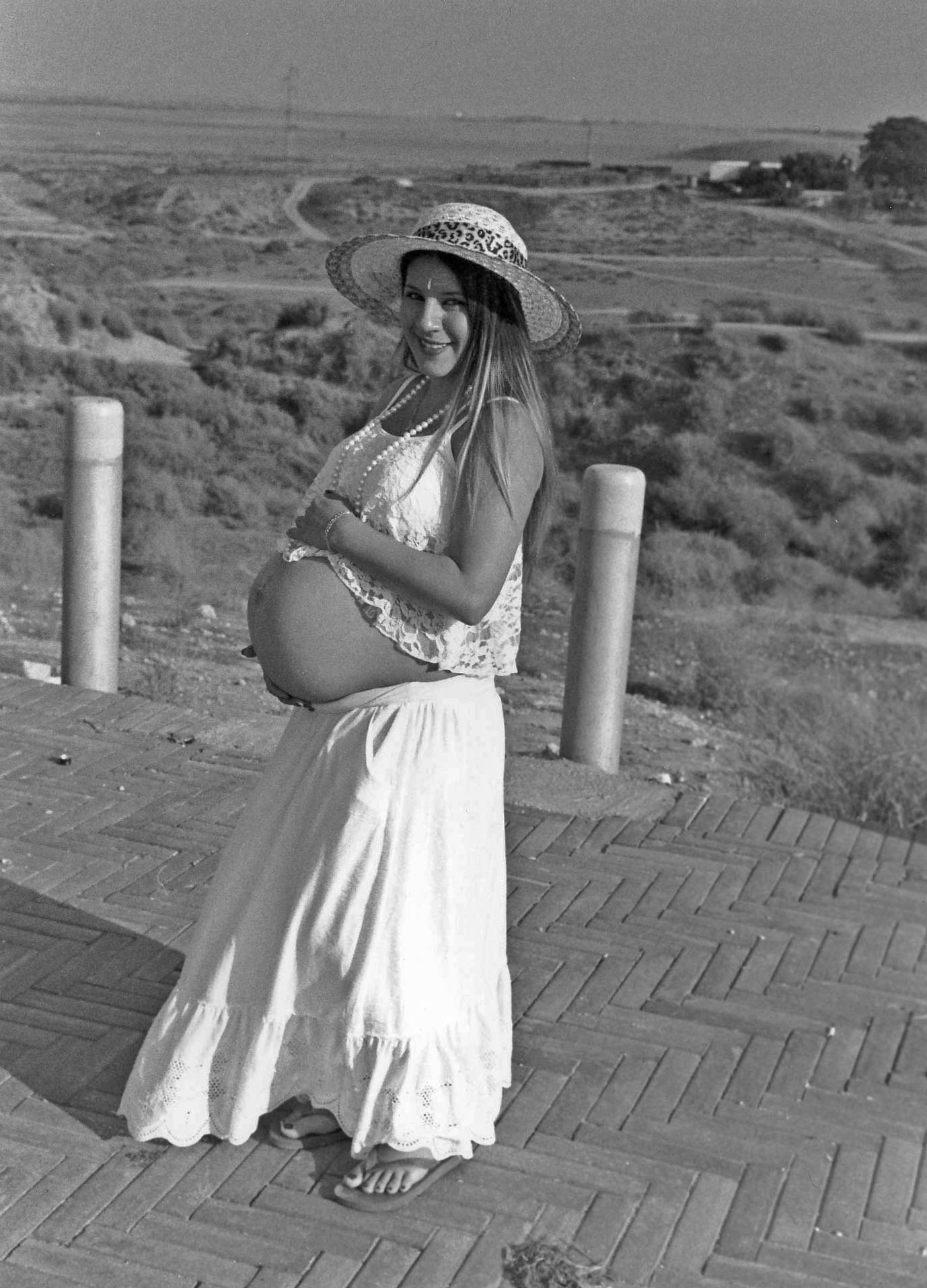For photographer Paul Margolis, it’s all about the old and the new when he takes photographs in Israel; the balance between a modern, high-tech nation, and aspects of shtetl life that can still be found, especially in Jerusalem.
His work, now on display at an 18-photo exhibition in the lobby of Hebrew Union College in Jerusalem and until September at Herzog Winery in Oxnard, California, is shot in black and white, and like his equipment – a Leica Rangefinder, it evokes an olden-days feel.

“I don’t tend to look for the modern world very much,” the 64-year-old photographer tells ISRAEL21c. “I look for a classical world, a pre-World War II world of buildings, people and people’s interactions. I have two beacons that guide my work: nostalgia and absurdity. My most successful work combines the two.”
Margolis, a New Yorker, visited Israel on two trips in 2013 and 2014. His goal: to capture, process and print poignant portraits of anonymous Israelis.

During his trips he zeroed in on scenes such as an aerialist hanging upside down “like a bat” in Tel Aviv and a burka-clad Muslim woman fishing in her purse in a cheap clothing store in Ramla.
Many of his photos were taken in Jerusalem’s outdoor market, Machane Yehuda.

“One time, a very photogenic olive merchant in Machane Yehuda said to me, ‘I’m not a movie star — why do you want to photograph me? But sure, go ahead.’”
He prefers black-and-white film, he explains, “both for its timeless, classic appearance and archival permanence as a historical record.”

Like many other professional photographers, Margolis discovered that daylight has a unique quality in Israel. “It’s hard to believe there’s so much of it. In the northeast United States, I can judge light accurately by eye, whereas in Israel I had to rely on my very primitive handheld light meter.”

Margolis previously photo-documented the Jewish communities of Cuba and Ireland, as well as impoverished Jews in New York. His visit to Israel in the fall of 2013 was his first in decades. He plans to return again later this year.

“The diversity of people and cultures that make up modern Israel fascinated me; everywhere I turned, there was something that arrested my attention and called out to be photographed,” he says.
His “Israel Impressions” show has been exhibited in several American cities.



















